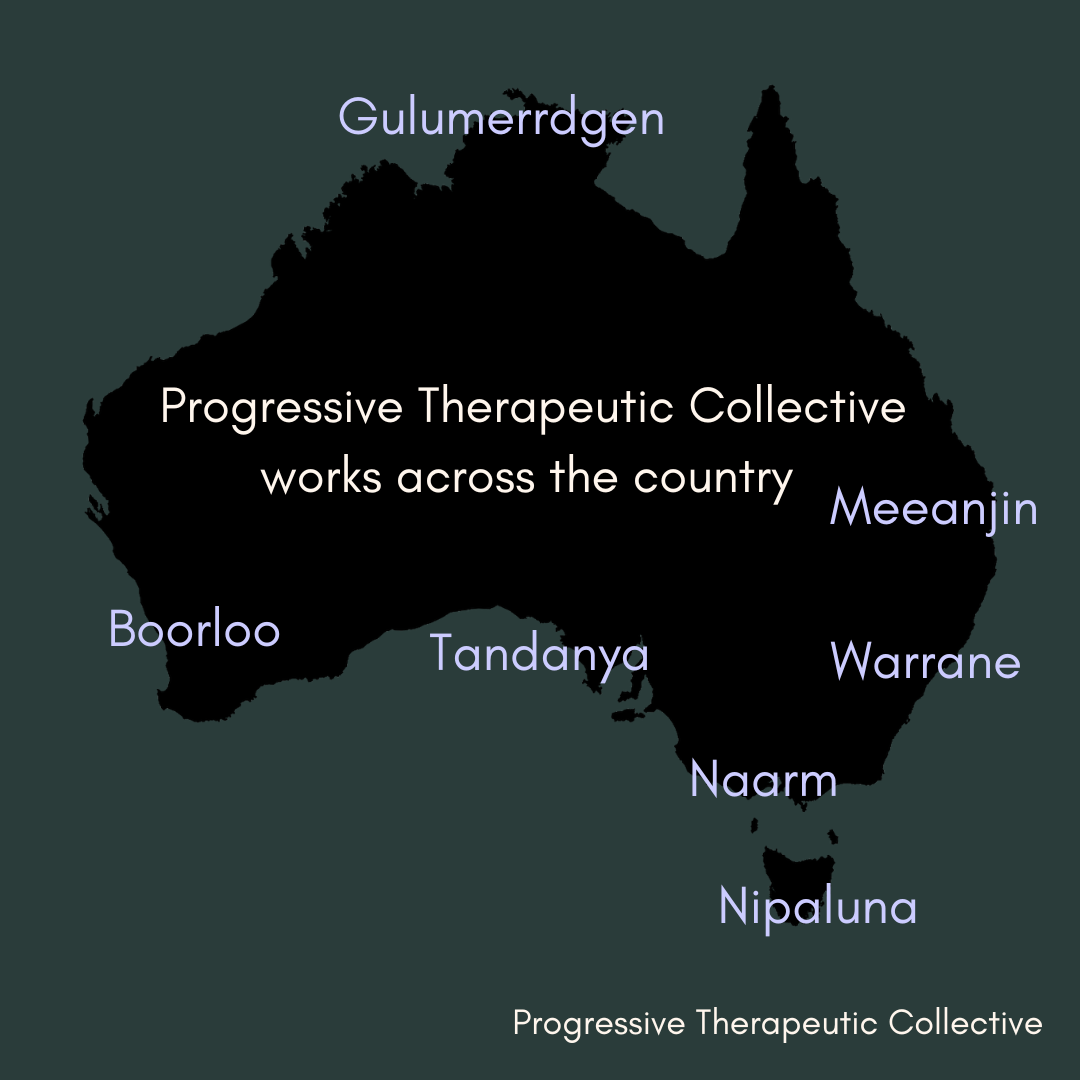Reframing Bacterial Vaginosis: New Research Confirms It’s Sexually Transmitted
Bacterial vaginosis (BV) has long been one of the most common, persistent, and misunderstood conditions affecting women and AFAB (assigned female at birth) people. Despite its prevalence—impacting around one in three people with vaginas globally—it’s been routinely dismissed as a “harmless imbalance” of vaginal flora. A temporary inconvenience. Nothing to worry about.
But that narrative has finally shifted.
A landmark study published in The New England Journal of Medicine (Murray et al., 2025) has officially confirmed that BV is sexually transmitted. Treating male partners at the same time as the person with BV led to a 50% reduction in recurrence. For a condition that often comes back within weeks or months—no matter how many antibiotics or yoghurt-soaked tampons are thrown at it—this is major.
It’s also deeply validating.
Because so many people with vaginas already knew this. They’d seen the patterns. They’d had the conversations with friends. They’d noticed the recurrence after sex with a regular partner, the sudden improvement when abstaining, the quiet suspicion that something wasn’t adding up. And yet, for decades, the medical community insisted BV wasn’t sexually transmitted—just “something that happens.”
Science Is Catching Up to Lived Experience
This isn’t just about BV. It’s about how we understand—and too often misunderstand—the bodies and health of women and AFAB people.
Historically, BV has been medicalised as an individual hygiene issue rather than a shared sexual health issue. That framing subtly reinforces shame, suggesting that someone’s body is “off” or unclean, while their partners remain biologically and socially uninvolved. There has been no standard recommendation for treating male sexual partners, even though many people experience recurring symptoms after sex with the same person. Why? Because medical research didn’t bother to ask the question properly—until now.
The 2025 NEJM study involved 684 heterosexual couples, with the male partners randomly assigned antibiotics or a placebo. Those treated were significantly less likely to “re-seed” the infection. It’s an important step forward, but it also highlights how heteronormative and binary sexual health research continues to be. We urgently need similar studies for queer couples, trans people, non-binary folks, and people in non-monogamous relationships. Until then, inclusive clinicians must read between the lines and apply this knowledge broadly and ethically.
BV as STI: The Power (and Politics) of Naming
Calling BV a sexually transmitted infection (STI) isn’t just a semantic shift—it’s a radical reframe. STIs carry different cultural weight. They force us to see sexual health as relational, not individual. They compel us to talk about accountability, communication, and care between partners—not just prescription pads and pH levels.
But language matters here too. “STI” still carries stigma. It can provoke shame, guilt, and silence—especially among marginalised groups who already navigate disproportionate medical scrutiny and dismissal. That’s why reclassifying BV as an STI must come with public education, sexual health reform, and stigma reduction. Because BV isn’t a moral failing. It’s a common, treatable infection that requires a partner-inclusive response.
An Intersectional Feminist Reading
This is where the intersectional feminist lens becomes essential.
Why did it take this long for science to catch up? Why was a condition affecting one-third of people with vaginas treated like an individual hygiene issue for so long?
Because the bodies and voices of women and AFAB people—especially queer, Black, disabled, migrant and poor women—have historically been devalued in medicine. Their knowledge of their own bodies is too often disregarded. Their pain minimised. Their conditions under-researched. BV’s long misclassification is a direct symptom of this broader medical patriarchy.
It’s also a reminder that progressive healthcare isn’t just about new research—it’s about who we centre, who we listen to, and who we treat as credible.
What Clinicians, Therapists, and Educators Can Do
Acknowledge the STI classification and educate clients accordingly
Normalise partner involvement in BV treatment across diverse relationship types
Challenge internalised shame around vaginal health and infection
Push back against reductive, individualistic narratives that isolate sexual health from social context
Advocate for more inclusive research and practice that reflects the full diversity of human sexuality and embodiment
BV has long been a silent struggle. With this new research, we can finally start talking about it—not as a personal failing, but as a shared public health issue that demands collective, respectful, and inclusive care.
Because when science finally listens to the lived experience of women and AFAB people, everyone benefits.
References
Murray, M., Bilardi, J., Bradshaw, C.S., Twin, J., McKenzie, J.E., Thomas, S.L., et al. (2025). Male Partner Treatment and Recurrence of Bacterial Vaginosis. The New England Journal of Medicine, 392(11), 1050–1062. Available at: https://www.nejm.org/doi/full/10.1056/NEJMoa2308437
ScienceDaily. (2025). Bacterial vaginosis is sexually transmitted, landmark study finds. [Online] 6 March. Available at: https://www.sciencedaily.com/releases/2025/03/250306103118.htm

